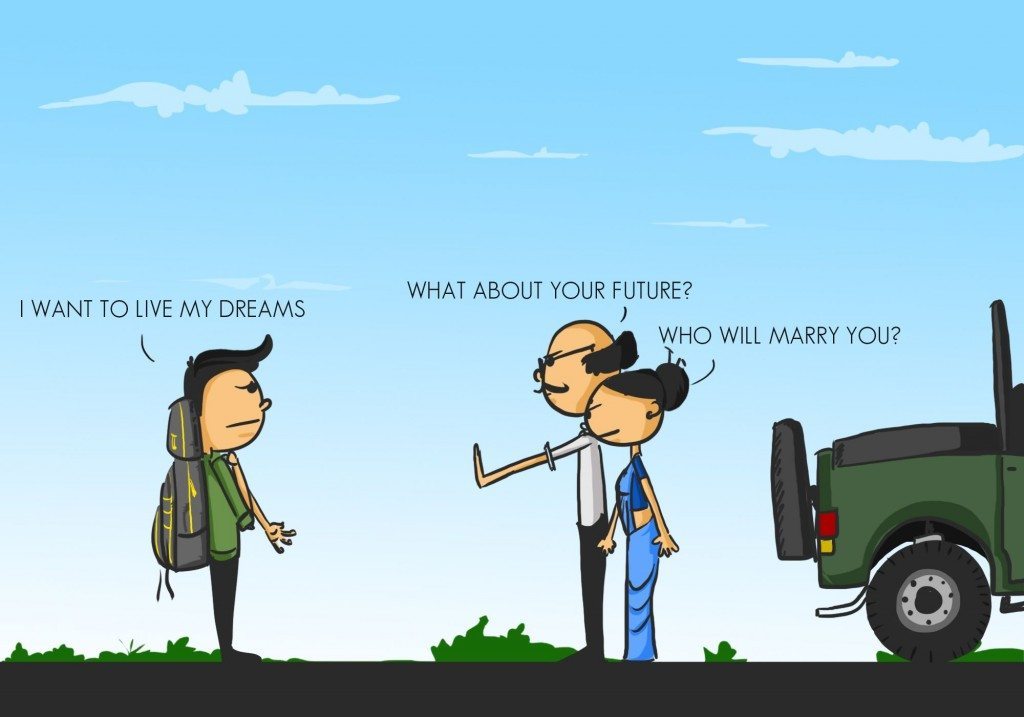“We can only see a short distance ahead, but we can see plenty there that needs to be done.”
Genius mathematician who played an important role in breaking ENIGMA CODES during the world war – that’s how we recognize Alan Turing. Thanks to the brilliant Oscar winning film The Imitation Game, the world came to know about the brilliance of Alan Turing, and so did I.
Right from his childhood, Alan was always far ahead of his classmates. He used to live in the world of advanced science, remaining socially isolated. With the help of Christopher Malcom, his fellow classmate, he opened up and started communicating. Christopher, however, died due to Tuberculosis which left Alan devastated for a long time.
Alan work revolved around quantum physics and advanced mathematics thereafter, which was deeply inspired by Christopher.
He published a philosophical paper including the idea of an ‘imitation game’ for comparing human and machine outputs, which is now called the Turing Test. This paper remains his best known work and was a key contribution to the field of Artificial Intelligence.
Another important contribution includes breaking of the Germany’s enigma machine which was considered “Unbreakable”. (To see how the Enigma worked, here is the link to simulator version)
Alan collaborated with another Cambridge mathematician, Gordon Welchman, and designed a new machine called the British Bombe, which was capable of breaking any enciphered message
Alan was really passionate about his work; he would work for hours and hours without getting distracted. Being extremely systematic and consistent were some of his prominent traits that set him apart from his counterparts. It’s often said that Alan approached a problem with first principle thinking, i.e. free from the influence of a received opinion. This approach gave profundity and originality to his thinking.
Alan was known to be highly eccentric as well. Here is a quote from the book History of Computing in the Twentieth Century that highlights his eccentricities:
“In the first week of June each year he [Alan] would get a bad attack of hay fever, and he would cycle to the office wearing a service gas mask to keep the pollen off. His bicycle had a fault: the chain would come off at regular intervals. Instead of having it mended he would count the number of times the pedals went round and would get off the bicycle in time to adjust the chain by hand. Another of his eccentricities is that he chained his mug to the radiator pipes to prevent it being stolen.”
Alan continued publishing many papers and contributed many theories which are significant in the field of science. He even proposed a theory in the field of Biological science.
(Find out more: Alan Turing’s scientific Breakthrough in the video:)
After the war, Alan was arrested with the charge of ‘indecency’ as he was homosexual. He was also labelled as a security risk following which he lost his job as a cryptanalyst. He was also forced to undergo a chemical castration. But he never apologized for it, stood by it and continued working despite numerous hardship.
After few years, in 1954, he was found dead in the bed by his cleaner which was considered a suicide through the intake of cyanide by biting into an apple laced with cyanide.
Owing to enormous response received by John Grahm Cumming’s petition, Queen Elizabeth II signed a pardon for Turing’s conviction for gross indecency in 2009.
Today Turing is remembered as a genius mathematician, cryptanalyst, logician, and the father of modern computer science. Though the tragic end his life holds an important impact on us.



